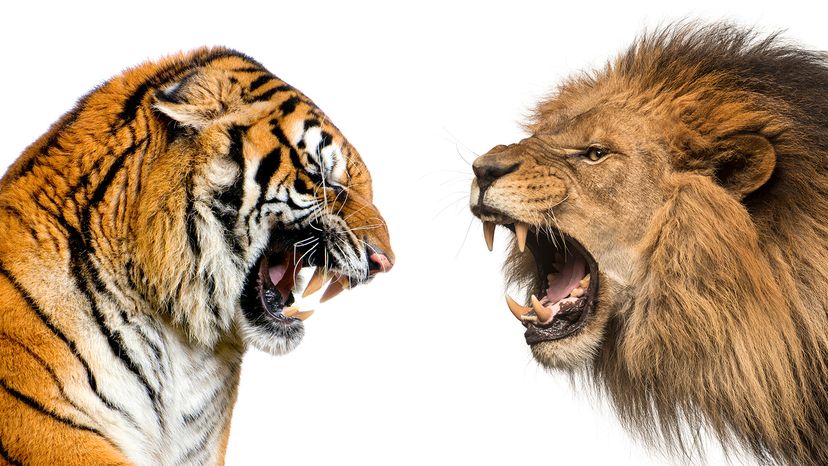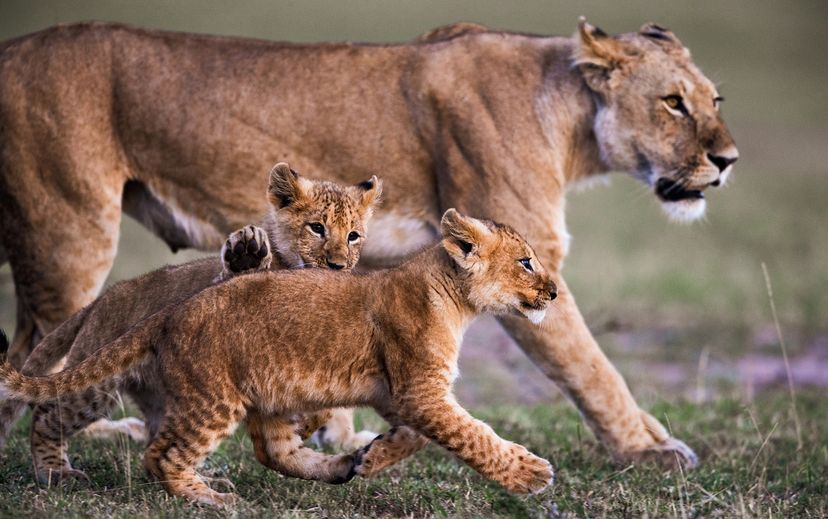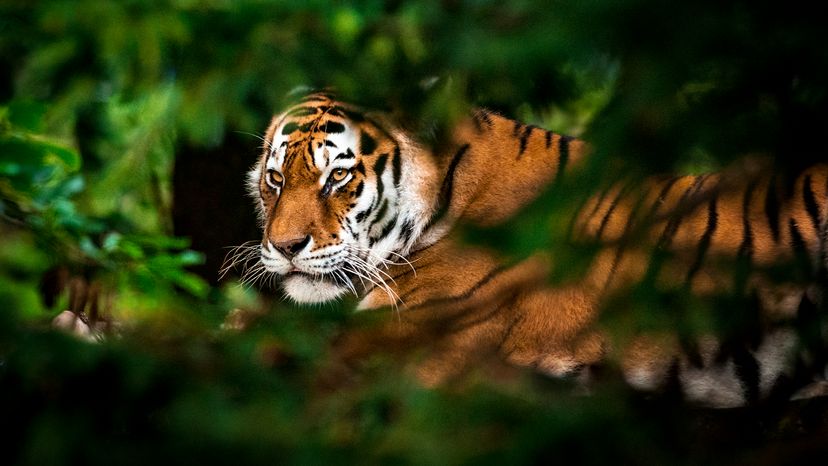Tigers and lions both belong to the genus Panthera, but they have distinct physical features that set them apart. Bengal tigers have a vibrant orange coat with black stripes, making them instantly recognizable. These stripes are unique to each tiger, acting like a fingerprint.
On the other hand, Siberian tigers, the biggest cats in the world, are more robust and have coats that grow paler in winter to blend with snowy landscapes. The average male tiger, weighing 220 to 660 pounds (100 to 299 kg) and stretching up to 10 feet (3 meters) long, is larger than most lions, who rarely weigh more than 570 pounds (259 kg).
Lions — specifically the African lion — have a tawny or golden coat, which provides excellent camouflage in the savanna. Males boast the striking and iconic lion's mane, which ranges in color from blonde to reddish to black. This protective mane acts as a shield during combat and also signals maturity.
Unlike the lion, most female lionesses lack a mane, which helps them remain stealthy while hunting. (Some female lions do sport a mane, but they're pretty rare.)


